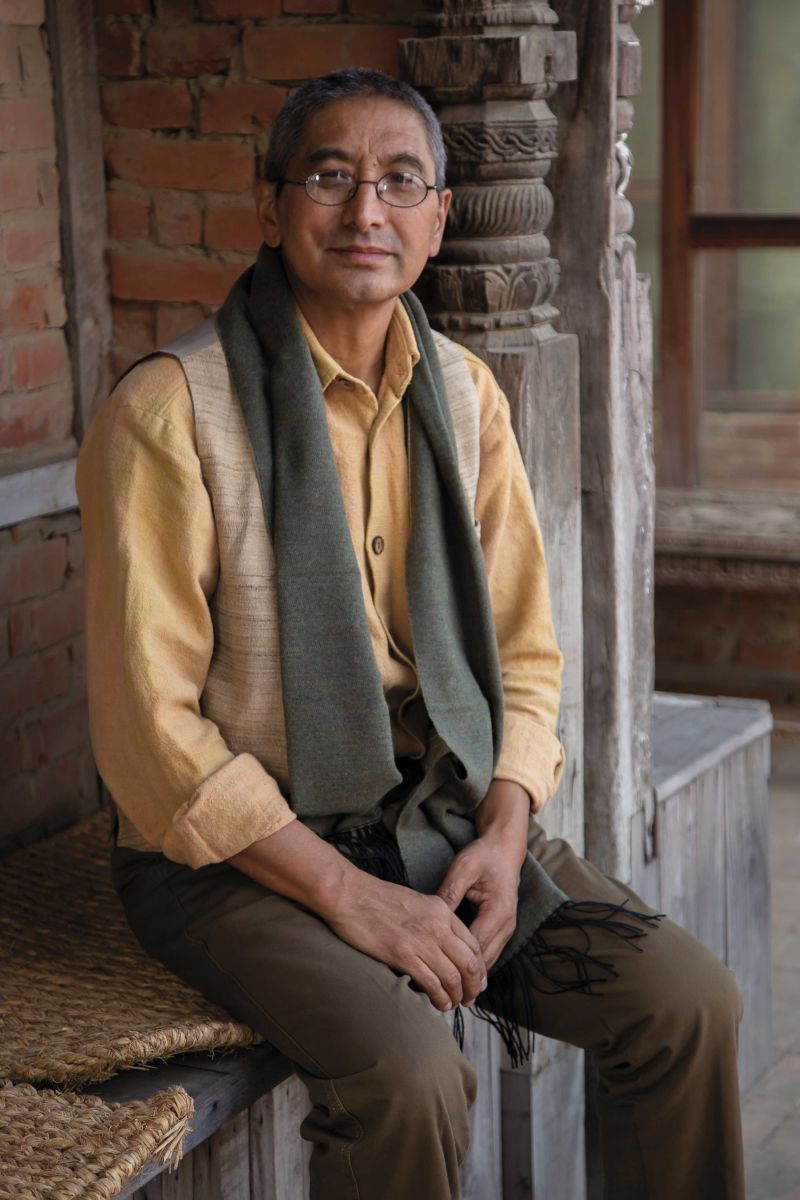
Bhaktapur has long been the property of traditional arts, architecture, historical monuments, craft work, pottery, culture, religion and so on. It is also the home of the country’s most famous yogurt, Juju Dhau, the rich, thick buffalo milk delicacy.
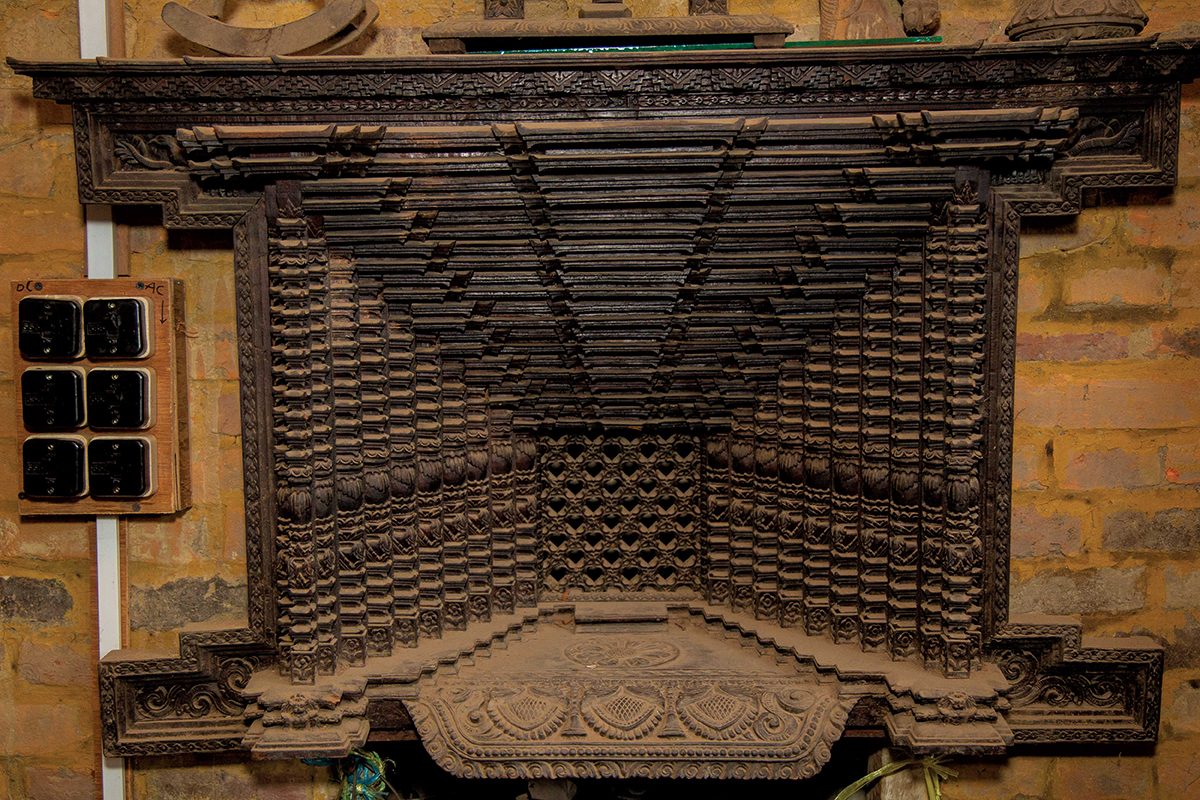
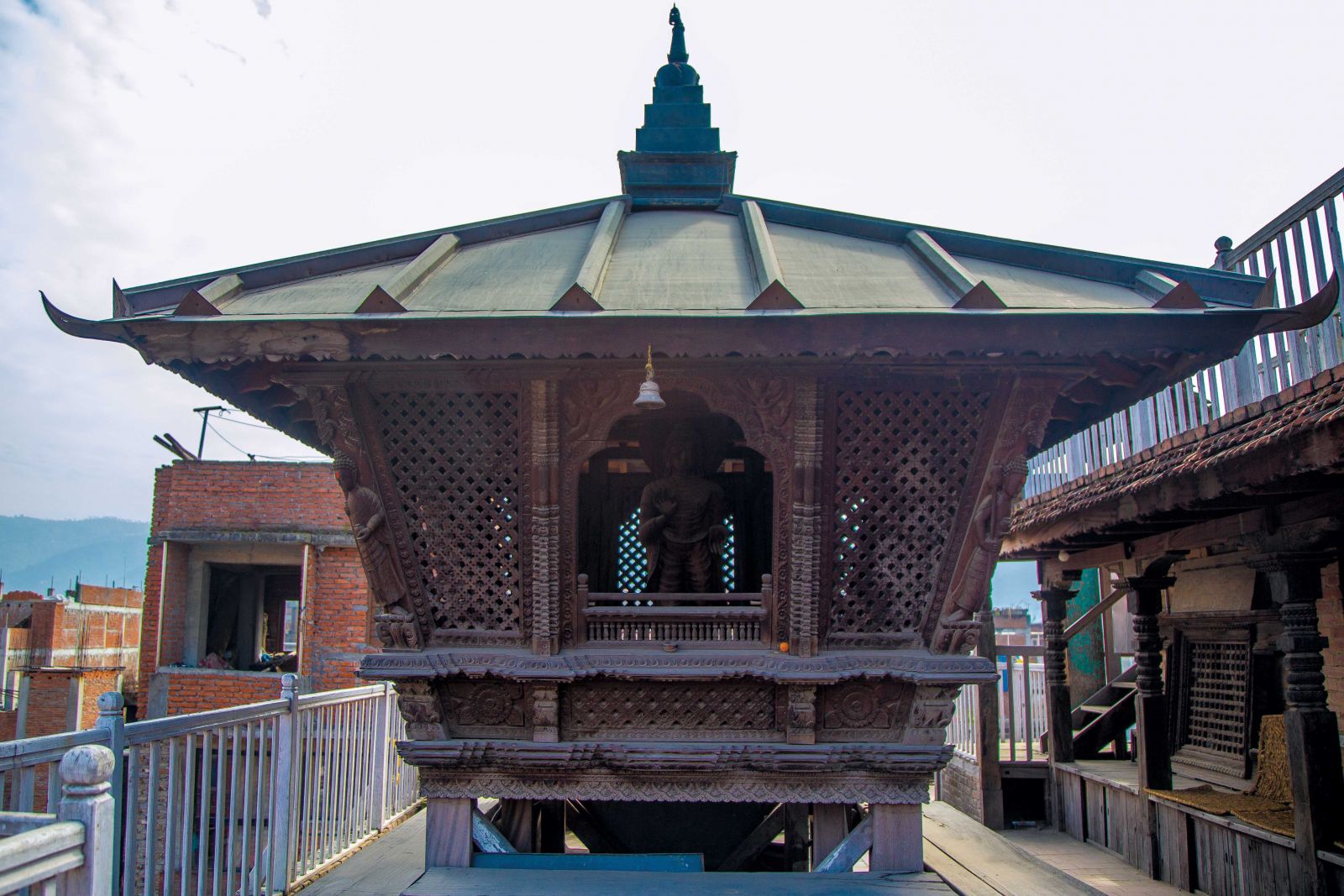
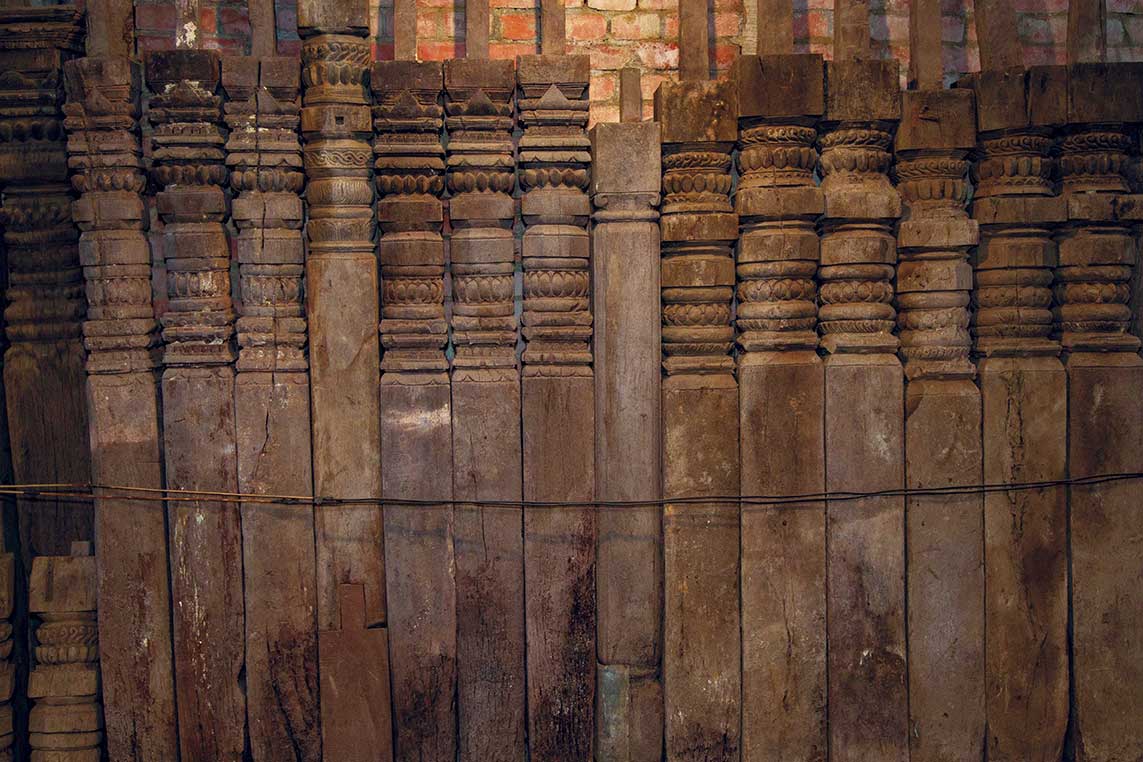
These are, of course, just some of the reasons visitors flock here, as well as to admire its windows and praise its temples. A few minute walk from the peacock window, on your left you will notice a small alley and see a shop named Peacock Window Shop, carefully tended by Ram Narayan Prajapati.“I feel proud when my work is appreciated. If I’m not busy in the shop, I can show you around the small museum I keep under my roof, with antique objects to newly carved pillars.”
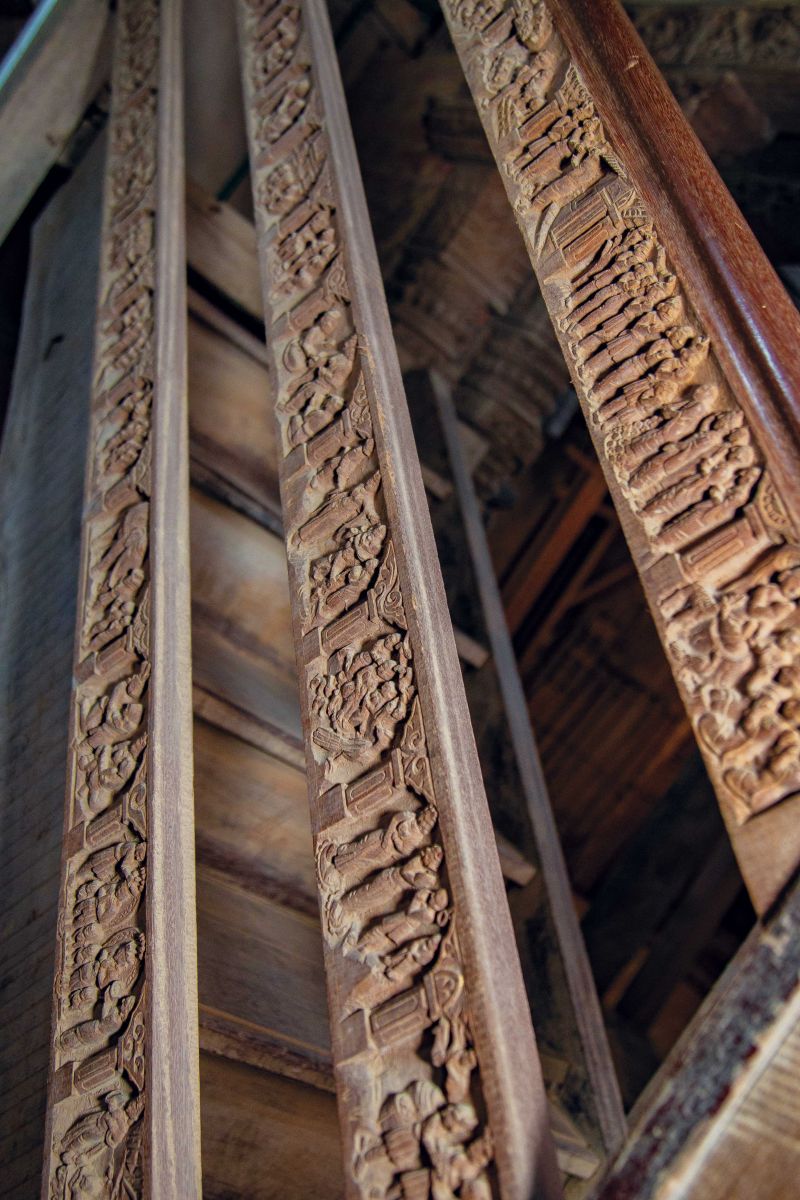
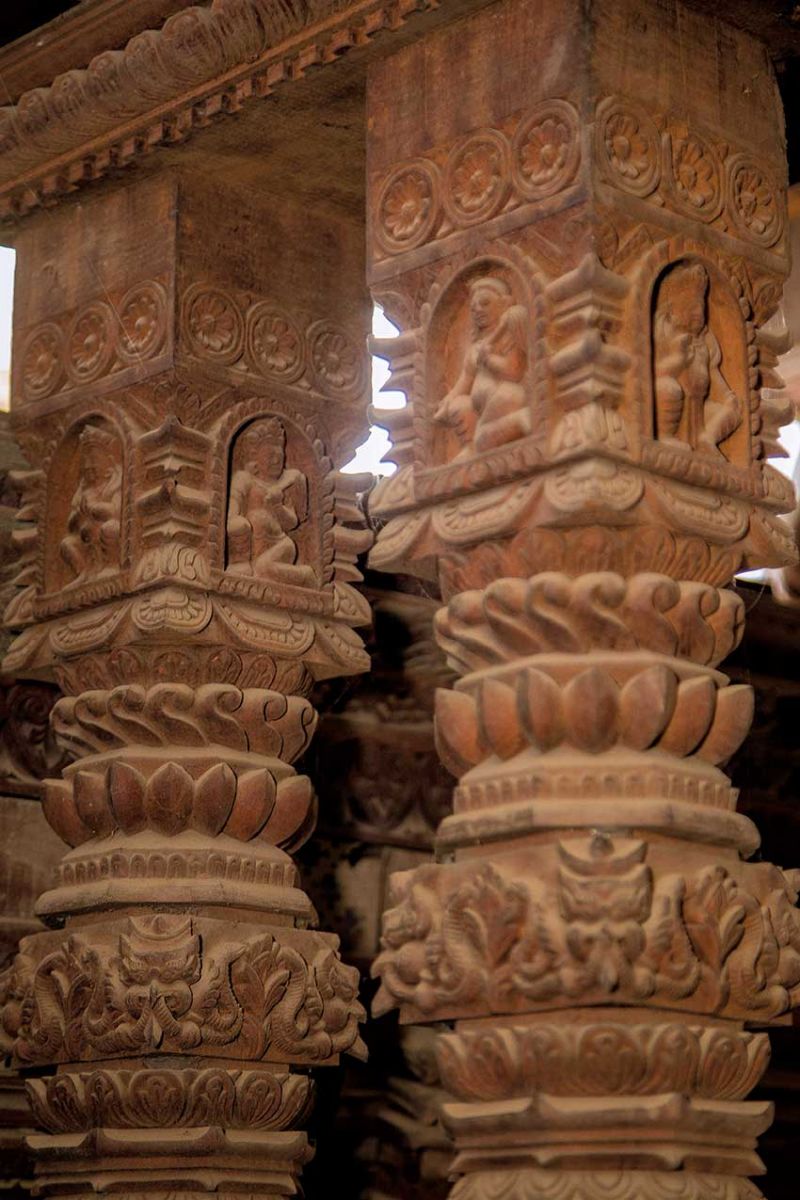

Ram Narayan Prajapati, a former woodcrafter and lecturer, now has a business which sells Nepali handicrafts and paper; he also runs a small museum that’s free to the public. With the ancient crafts dating back from twelfth century, he has preserved them well. He and his wife and workers prepare the paper themselves in a factory that they have right in a corner of the store. Inside the shop you’ll be greeted by a wood carving of an elephant which he made himself back in the day.“Let me show you around,” he says, leading us into his mini museum. His collection is varied—from ancient windows to the collection of old pillars carved with both Hindu and Buddhist gods and goddesses.We sat down with him to learn about his work with crafts, new and old.
What was your aim in setting up your handicraft business?
My main aim and purpose is to preserve handicrafts and promote tourism. Old handicrafts can be preserved and set in a museum to complement their beauty.
How do you preserve your pieces?
Well, as you can see, I have a museum here; I keep them properly and clean them. My family and also my workers help me to clean and look after them well. I intend to preserve them for future reference, so that Nepalis and foreigners both can enjoy what I’ve collected.
What have been some of the reactions from visitors?
Tourists come frequently, often returning several for several visits. They buy some souvenirs and leave with happy faces. When they say “It’s great!” and “It’s beautiful!” after the museum tour, I feel relaxed and joyful and I think that I actually did a great deed with this work. I plan to attract more tourists and promote my museum as well as my shop
.
How old are the crafts that you’ve gathered and what are they?
My collected crafts date back to the 12th century; I have collected huge old windows, piled up more than 200 ancient pillars, and I also made more than 100 pillars with Hindu and Buddhist gods and goddesses engraved on them. With my home in better condition, it has been safeguarding the crafts, to keep them for the time to come; this house has been a great companion to these crafts.
How have handicrafts changed your life?
(Laughs) I don’t know what I should say. They really haven’t changed me at all. I’m still wearing the same old jacket, same pants; I hardly buy new clothes, even if I buy it’s from a footpath that costs Rs.500-600. The only change it has bought is that I’ve grown old. I started wearing spectacles and my hair is going grey. (Laughs again) Otherwise there is not much change that it has bought to me or my family.
What can we learn from these handicrafts?
We all can learn about culture and history, the stories of the ancients. We can also find out how old they are, how long ago they were created, and what their value is. I have created a picture story of Buddha in wood which tells the story of his life, not in detail but at least we can get the gist of it. We might even be able to compare the differences in the carving of the ancient and the modern.
What is your future plan for the handicrafts?
Well, as of now I’ve not had any plans; the business is running smoothly, but I’ll think about it. If I get free time, I’ll use and it and try and make new crafts and sell them, so that they can be available and bought by all, not only foreigners but also so Nepalis can understand their value.
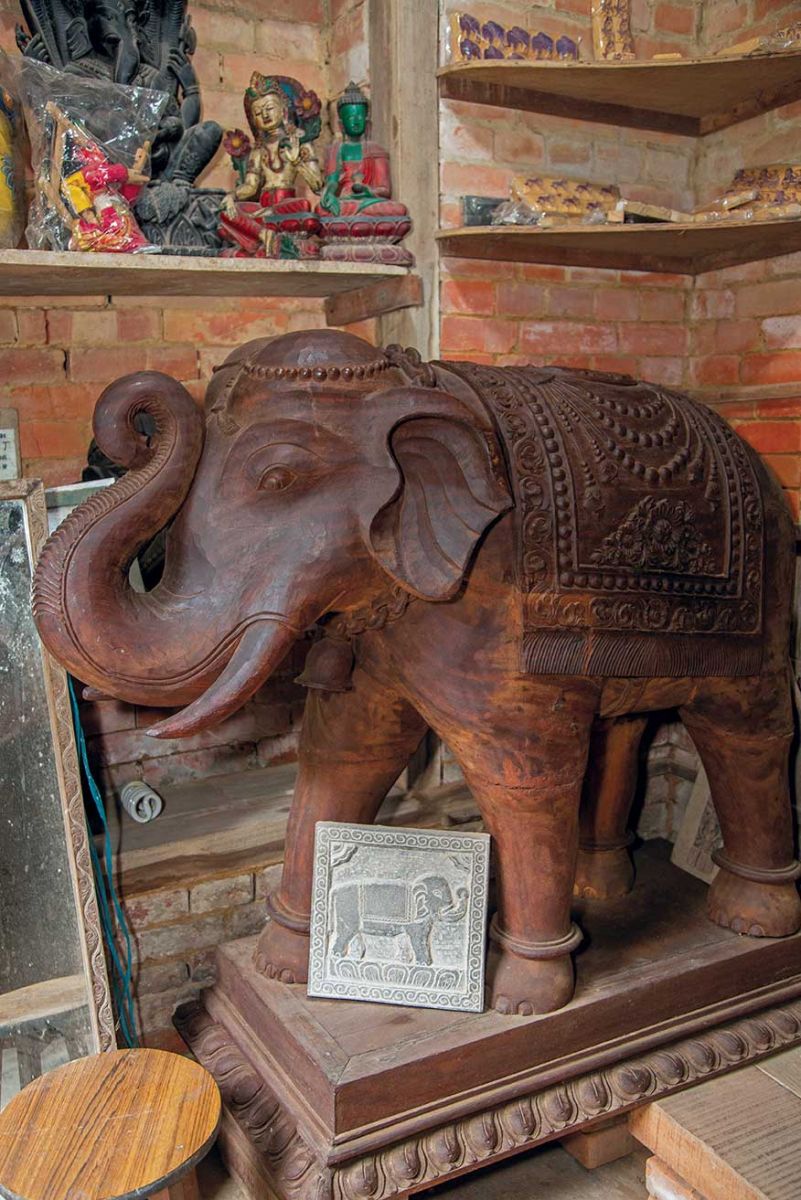

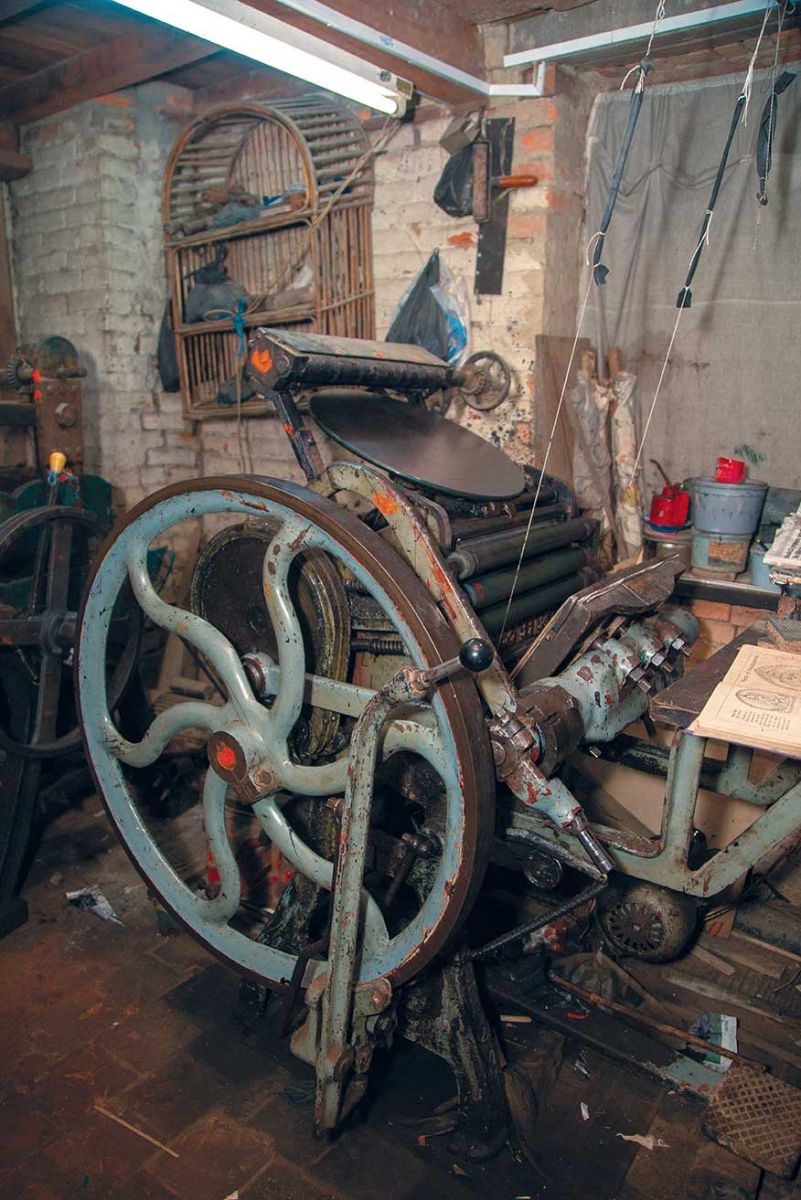
Ram Narayan Prajapati is a former lecturer who worked for 37 years in a college, and was also a wood carver for nearly 20 years. You can still see his carvings when you visit his museum in Bhaktapur. His his hard work in gathering and preserving antique objects that might otherwise have been lost is something that does Nepal proud.
So the next time you visit Bhaktapur, don’t forget to pay a visit to the Peacock Window Shop.










